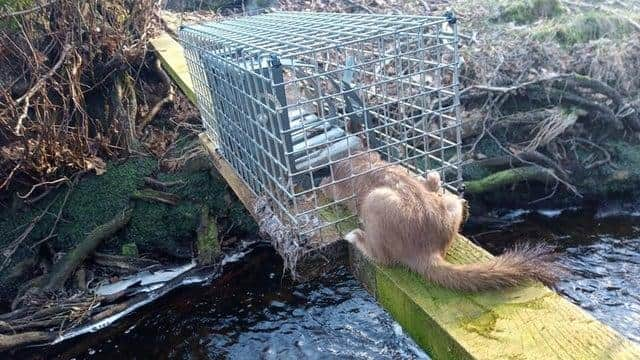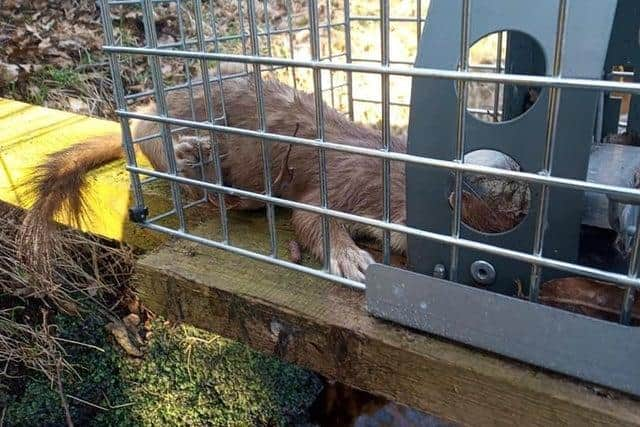Peak District gamekeeper argues predator traps are necessary to control species after image of animal 'suffering' in cage emerged online
and live on Freeview channel 276
Coordinator at Peak District Moorland Group Richard Bailey argued that while the subject of predator control is ‘emotive for a great many people’ traps help gamekeepers to maintain a varied collection of birds, including species which would otherwise be at risk of being extinct in Derbyshire.
Gamekeepers and land managers set up the Moorland group in 2015 to promote the ‘positive contribution’ that good Moorland management has on the area’s wildlife diversity, rural jobs and the community.
Advertisement
Hide AdAdvertisement
Hide AdThe group’s defence of legal predator control traps comes after campaign group Moorland Monitors, which aims to protect wildlife on the Peak District’s grouse shooting moors, shared a distressing picture of a stoat which had been caught and killed in a Tully trap at Midhopestones near Stocksbridge on February 27.


Tully traps are set legally under licence by gamekeepers to catch animals which might prey on young grouse birds or eggs.
But while the traps were introduced as a ‘humane’ alternative to the Fenn traps which were outlawed for use again stoats last year, anti-grouse activists are concerned the animal suffered inside the metal contraption before they died and are now calling on the Government to ban inhumane traps.
Moorland Monitors member Bob Berzins said: “It is supposed to kill the animal instantly but you can tell by its back leg that it was trying to get out.
Advertisement
Hide Ad“The fact that this animal was alive and suffering is itself strong evidence that the traps are not as humane as they are meant to be.”


Advertisement
Hide AdBut Richard has defended the use of Tully traps, which are also used to catch weasels, rats and magpies, claiming legal predator control is vital to maintain the many red listed birds such as curlews, lapwings, golden plovers and merlins in the Peak District.
The group coordinator, who applauded the new design of the traps which went through a ‘rigorous period’ of Government approved testing, said the mechanisms are designed ‘for the humane killing of stoats along with weasels and rats, all known to have a significant negative impact on a multitude of ground nesting birds.”
Richard added: “Tully traps are widely used as an essential management tool in nature reserves around the world.
Advertisement
Hide Ad"For Mr Berzins to suggest that due to the position of the dead stoat’s foot indicates that the “animal was alive and suffering and the traps are not humane”, is his own personal narrative on the image and appears to rubbish the whole process of rigorous trap testing and design, by experts in their field, again acknowledging that the killing of any animal can be highly emotive.
"For the anti-grouse shooting group to question that this kind of scene should not be viewed for visitors to the National Park, is more a failing by rural land managers and potentially the National Park Authority for not educating visitors to the essential work carried out in the Park well enough.
Advertisement
Hide Ad"The Moorland Monitors call for a ban on legal predator control would in essence render our moorlands silent and accelerate further population losses and potential extinction.”